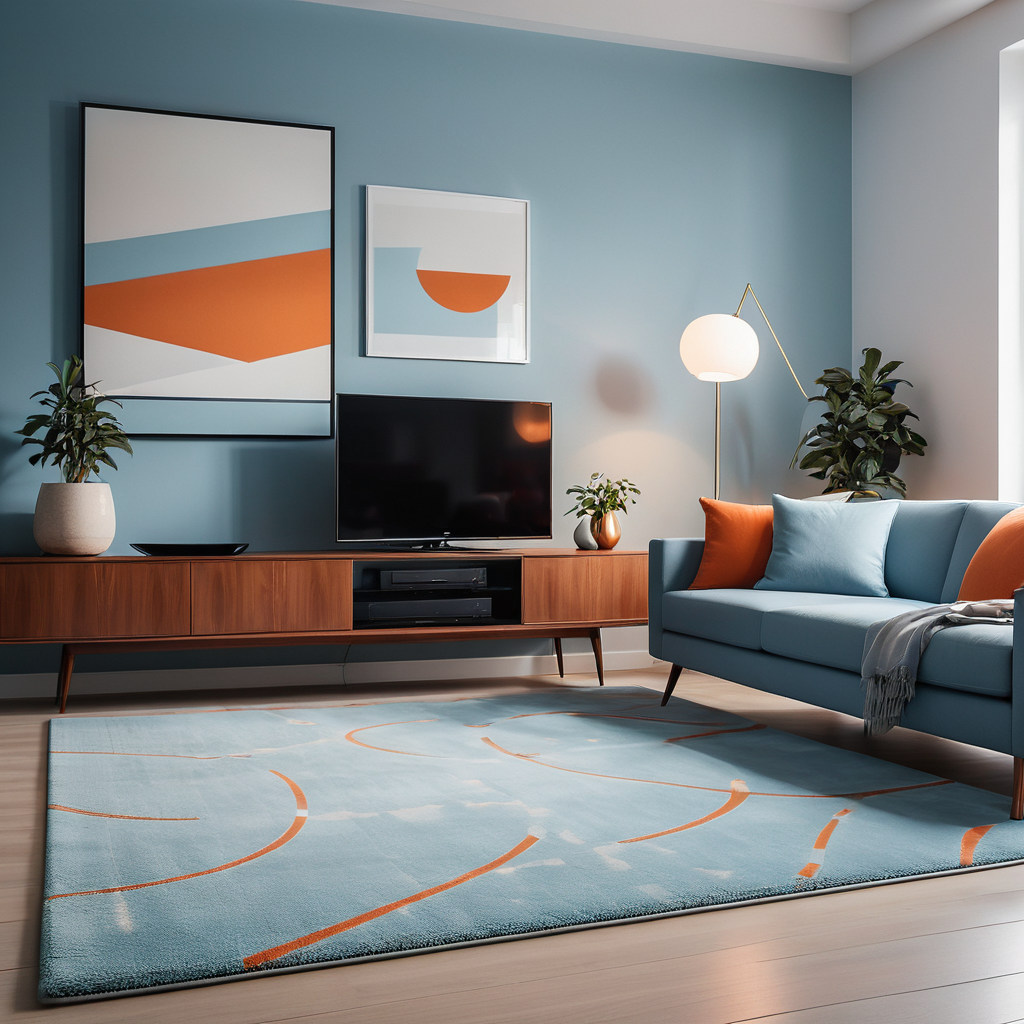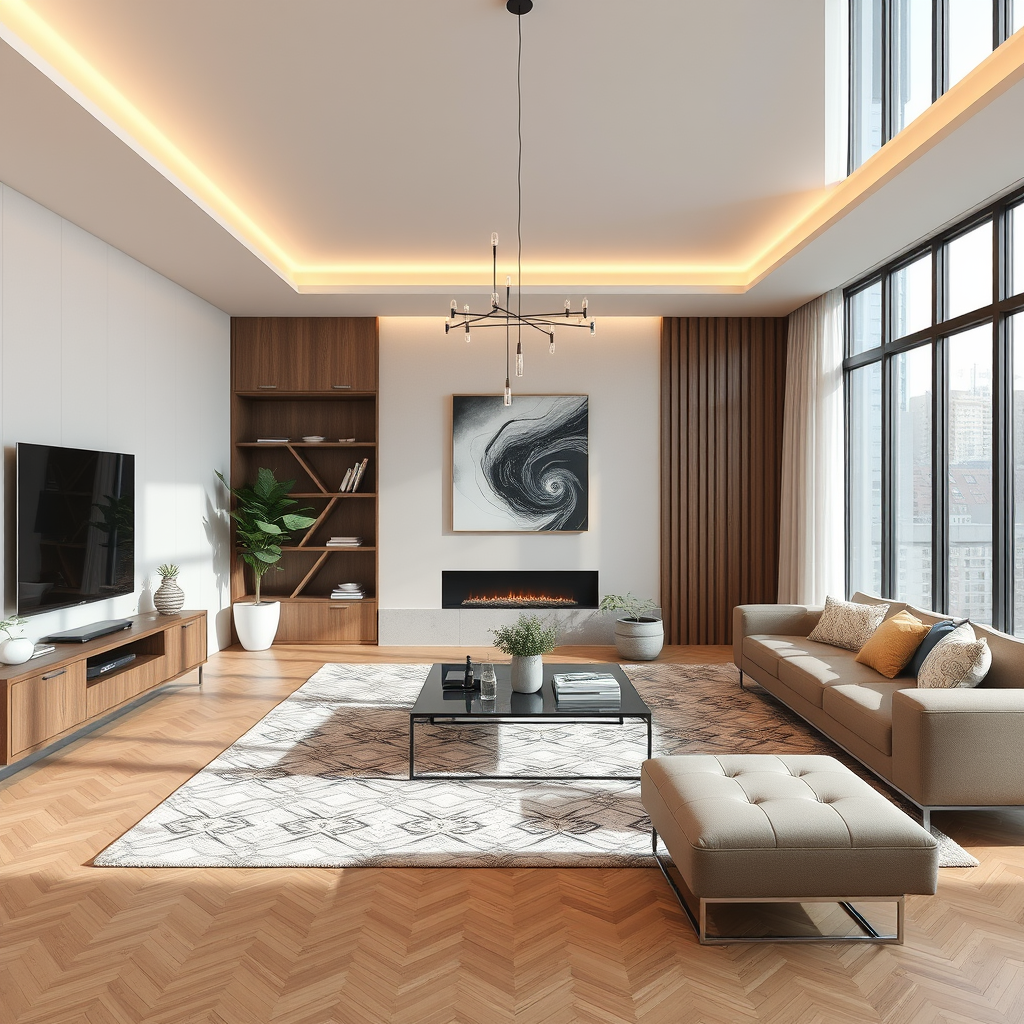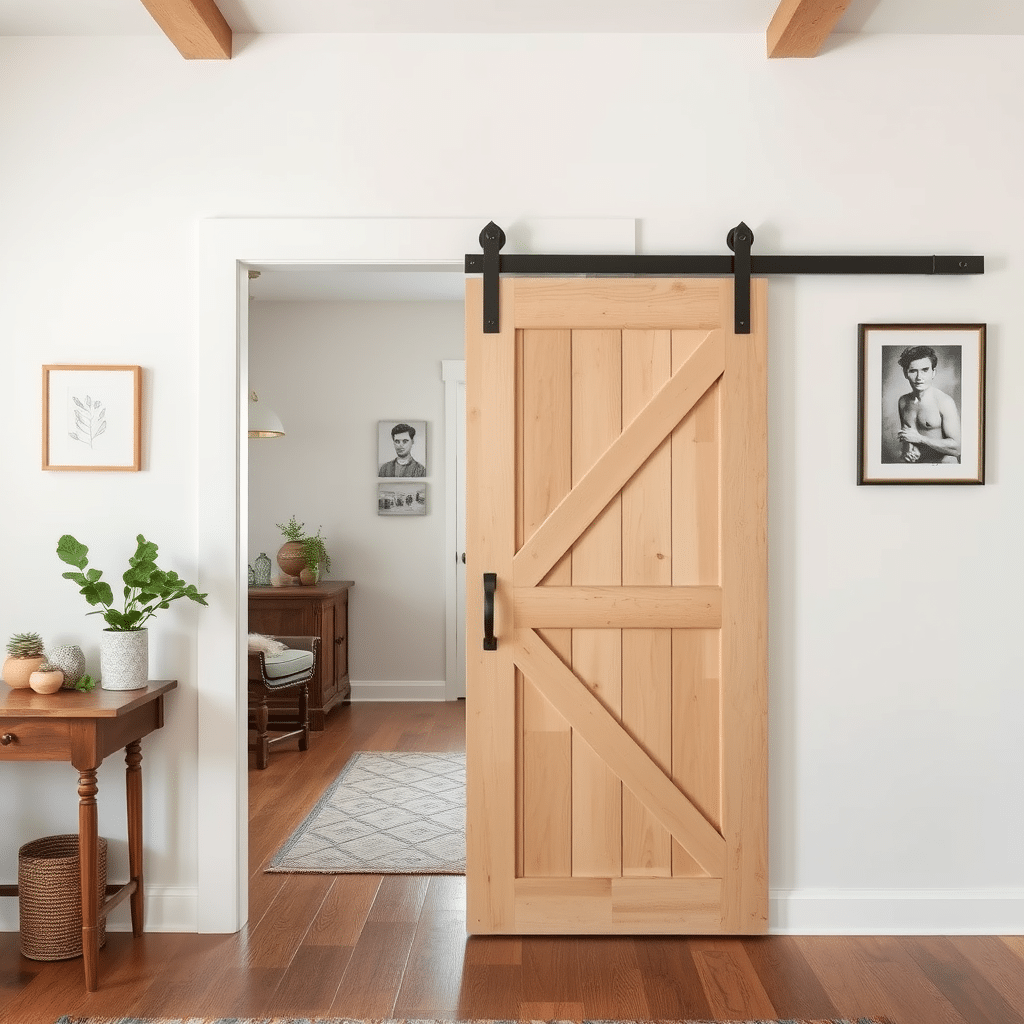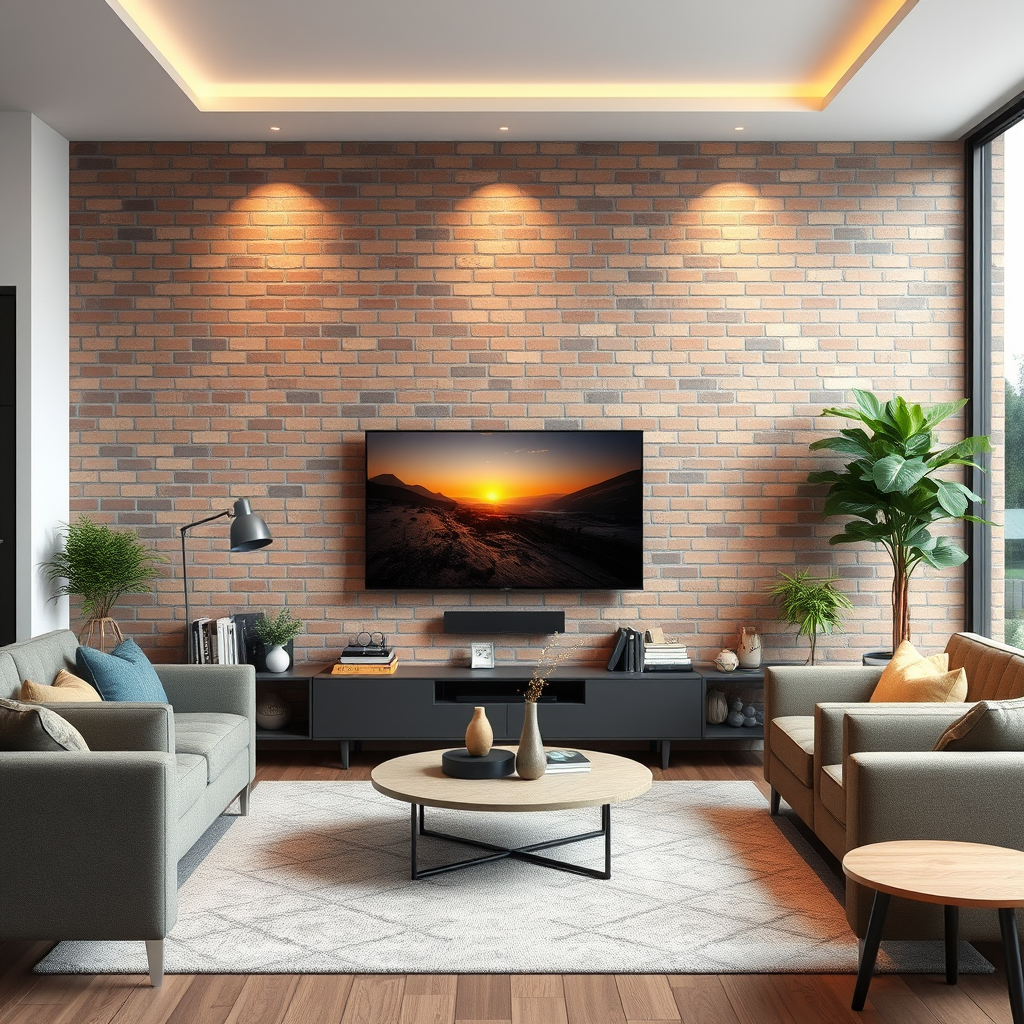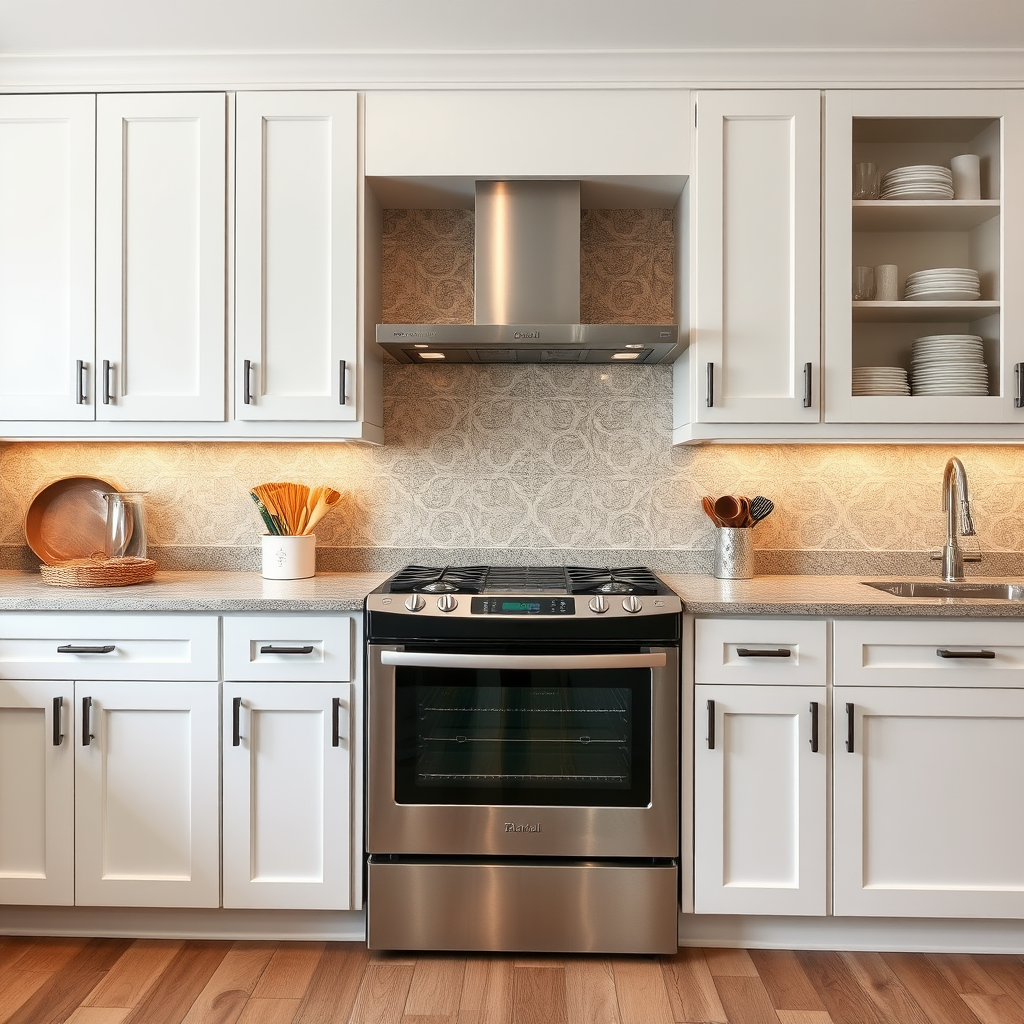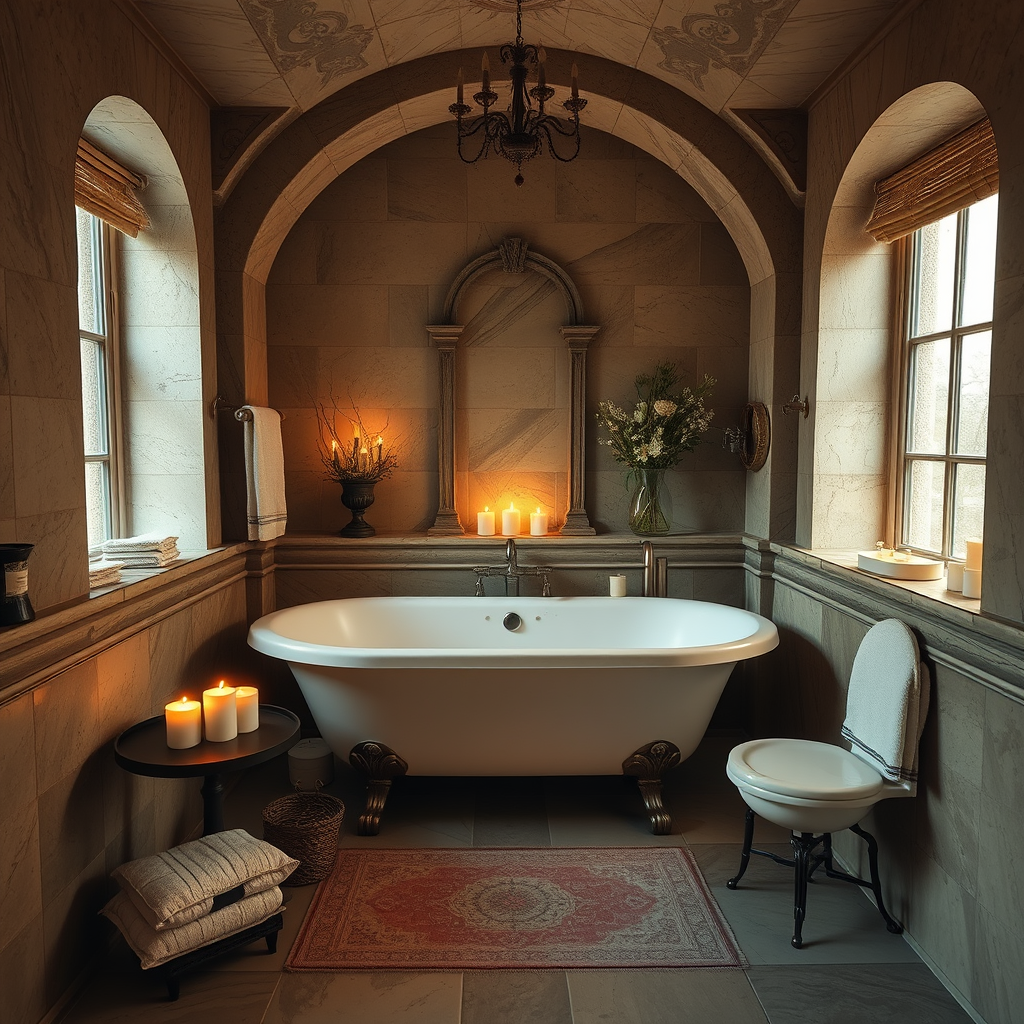Carpets have long been an essential element in interior design, serving both functional and aesthetic purposes. From adding warmth and texture to enhancing the overall look of a space, carpets play a significant role in creating inviting and visually appealing environments. Let’s delve into the purpose of using carpets in interior design.
**1. Enhancing Comfort and Warmth:**
One of the primary functions of carpets is to add a layer of comfort and warmth to a room. Especially in colder climates, carpets provide insulation, making floors feel cozier and more comfortable underfoot. The softness of carpets also offers a more welcoming feel, encouraging relaxation and a sense of homeliness.
**2. Sound Insulation:**
Carpets contribute to reducing noise levels within a room by absorbing sound. This is particularly beneficial in homes with multiple levels or in apartments where noise from neighbors can be disruptive. Carpets help to minimize echoes and dampen sound, creating a quieter and more peaceful environment.
**3. Visual Impact and Aesthetics:**
Carpets are versatile design elements that can significantly impact the visual appeal of a space. They come in various colors, patterns, and textures, allowing for endless design possibilities. Whether you want to make a bold statement with a vibrant pattern or create a serene atmosphere with a neutral color palette, carpets can be tailored to suit any aesthetic preference.
**4. Defining Spaces:**
In open-plan living areas, carpets can be used to define separate zones within a room. By placing a rug under a dining table or in a seating area, you visually delineate the space and create a sense of purpose for each area. This helps to organize the layout of the room while adding visual interest.
**5. Adding Texture and Depth:**
Carpets introduce texture and depth to a room, enhancing its visual appeal. Whether it’s a plush, shaggy rug in a modern living room or a traditional Persian carpet in a formal dining area, the texture of the carpet adds dimension to the space. This layering of textures creates visual interest and makes the room feel more dynamic.
**6. Protecting Flooring:**
Carpets serve as a protective layer for the underlying flooring, especially in high-traffic areas. They help to prevent scratches, scuffs, and other damage, prolonging the life of the floor surface. Carpets also act as a barrier against spills and stains, making them easier to clean and maintain.
**7. Allowing Personalization:**
One of the great advantages of carpets in interior design is their ability to be customized to reflect individual style and taste. Whether you prefer a modern, minimalist look or a more eclectic and bohemian vibe, there’s a carpet to suit every preference. Carpets can be used as focal points or as subtle accents to complement other elements in the room.
In conclusion, carpets play a multifaceted role in interior design, offering both practical benefits and aesthetic appeal. From enhancing comfort and warmth to adding texture and defining spaces, carpets contribute to creating inviting and visually pleasing environments. Whether you’re redesigning a living room, bedroom, or office space, consider the versatile and transformative power of carpets in your design scheme.

